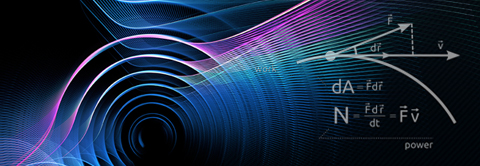The quest for novel high-temperature superconductors---Prospects and progress in iridates
2016.05.09 21:45
| 날짜 | 2016-05-11 16:00 |
|---|---|
| 연사 | |
| 장소 | E6-2. #1323(1st fl.) |
“The quest for novel high-temperature superconductors---Prospects and progress in iridates”
May 11 (Wed.), 4 PM, E6-2. #1323(1st fl.)
Dr. Bumjoon Kim, Max Planck Institute for Solid State Research
After nearly three decades of research on high temperature superconductivity, understanding its mechanism still remains a major challenge in condensed matter physics. In this talk, I will give an overview of our group’s approach to realize cuprate superconductivity in a new material system, which sheds new light on the longstanding puzzle. Ruddelsden-popper series iridates display emergent similarity to cuprate superconductors in their crystal, lattice, and magnetic structures, and thus their low-energy physics can be described using the same model Hamiltonian. We have recently reproduced the unique spectroscopic phenomenology of the cuprate superconductors, namely high-temperature Fermi arcs and low-temperature d-wave gap, in the surface of electron-doped Sr2IrO4 and Sr3Ir2O7. Although bulk superconductivity still remains elusive, these observations are a strong indication of surface superconductivity. Our work thus establishes a new material system to investigate the mechanism of high temperature superconductivity. In particular, the condition under which Sr3Ir2O7 exhibit a d-wave gap reveals directly an important role of low-energy magnons.
Contact: Yoonsoo Kim (T.2599)







